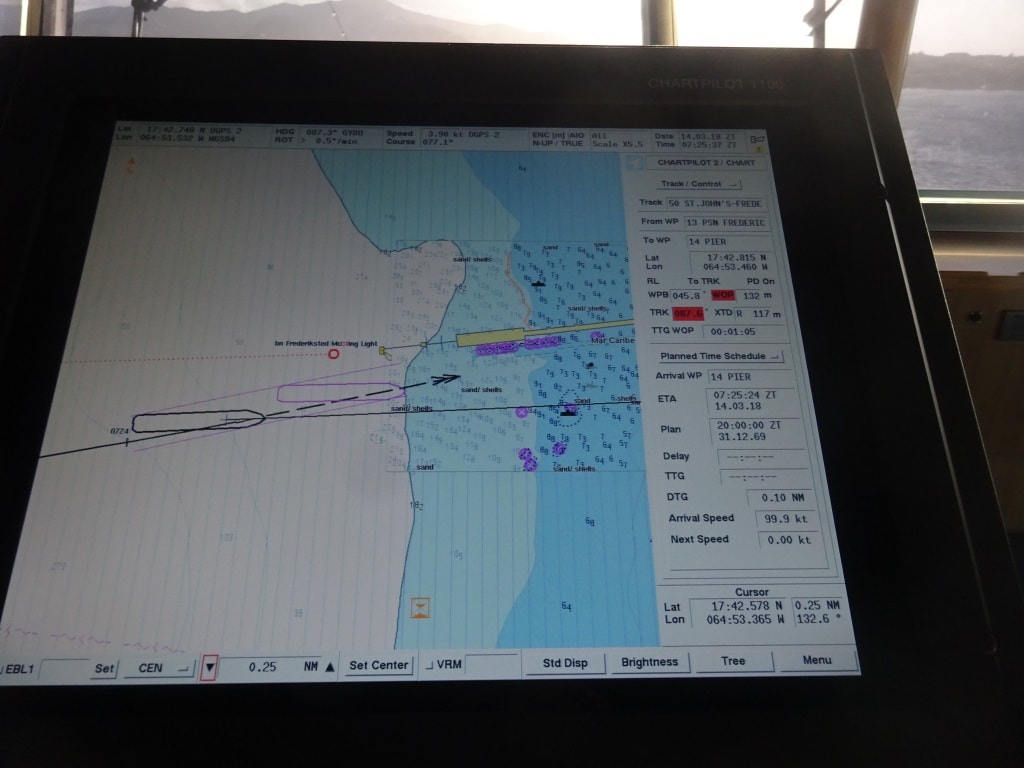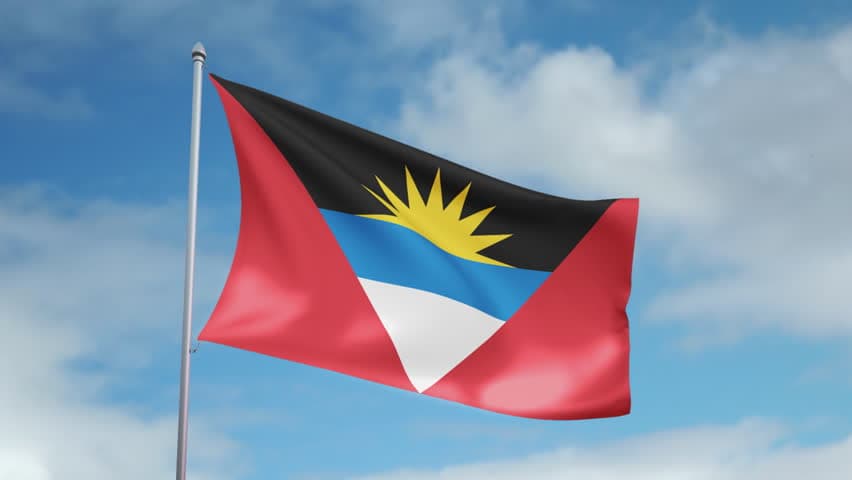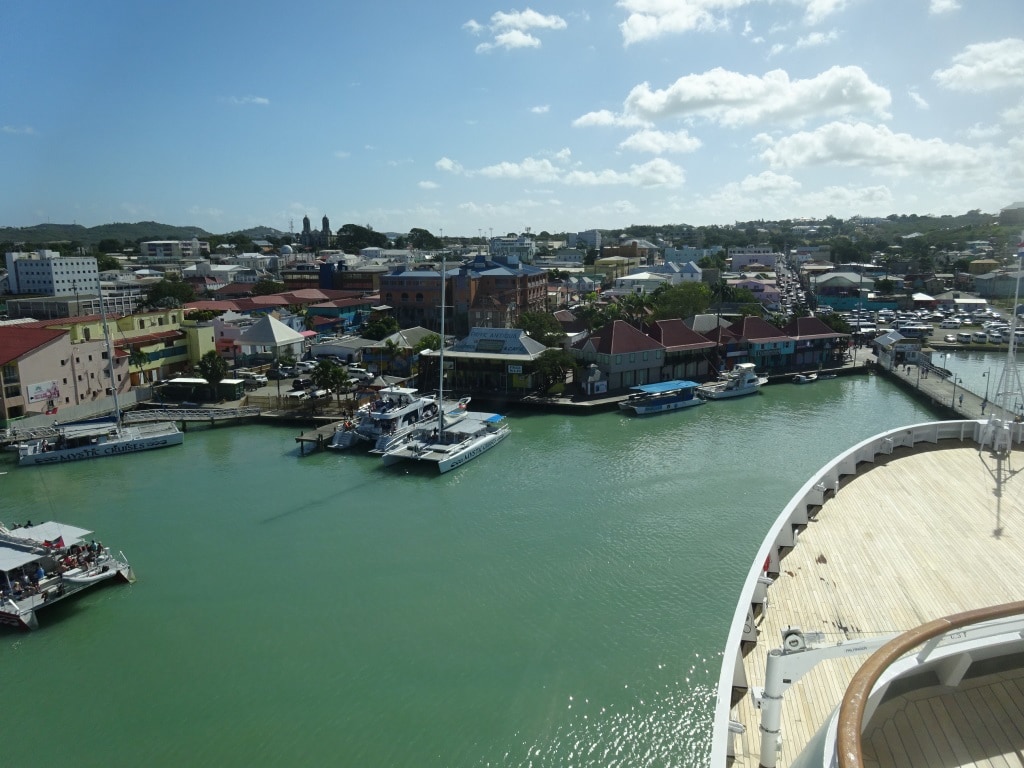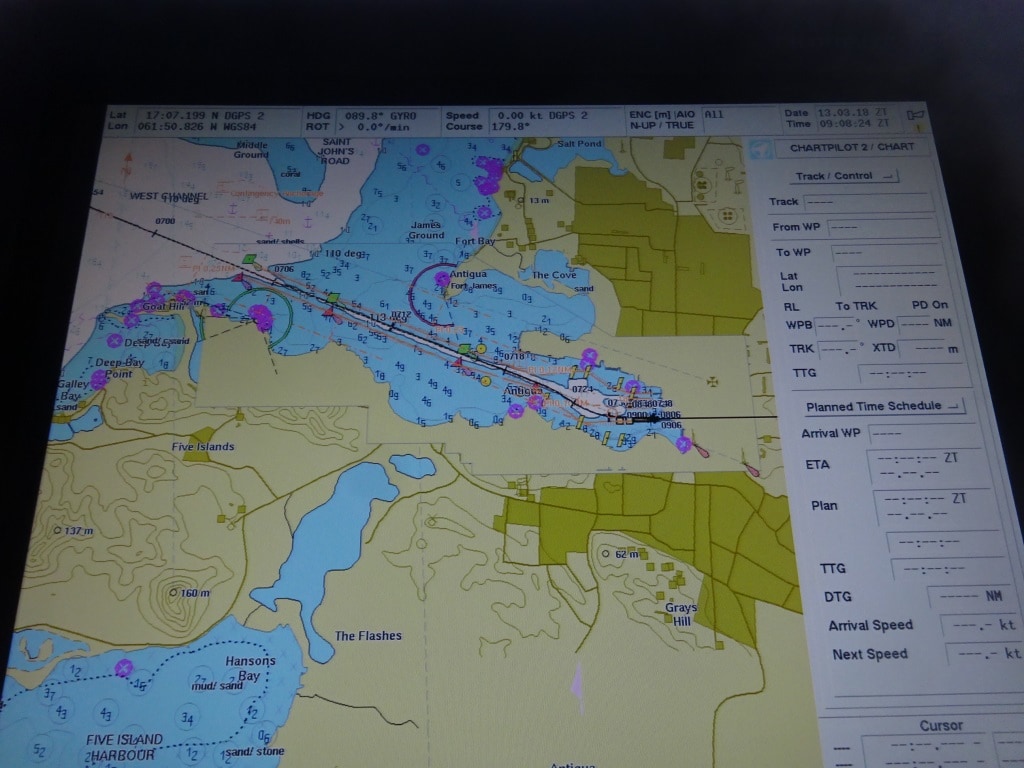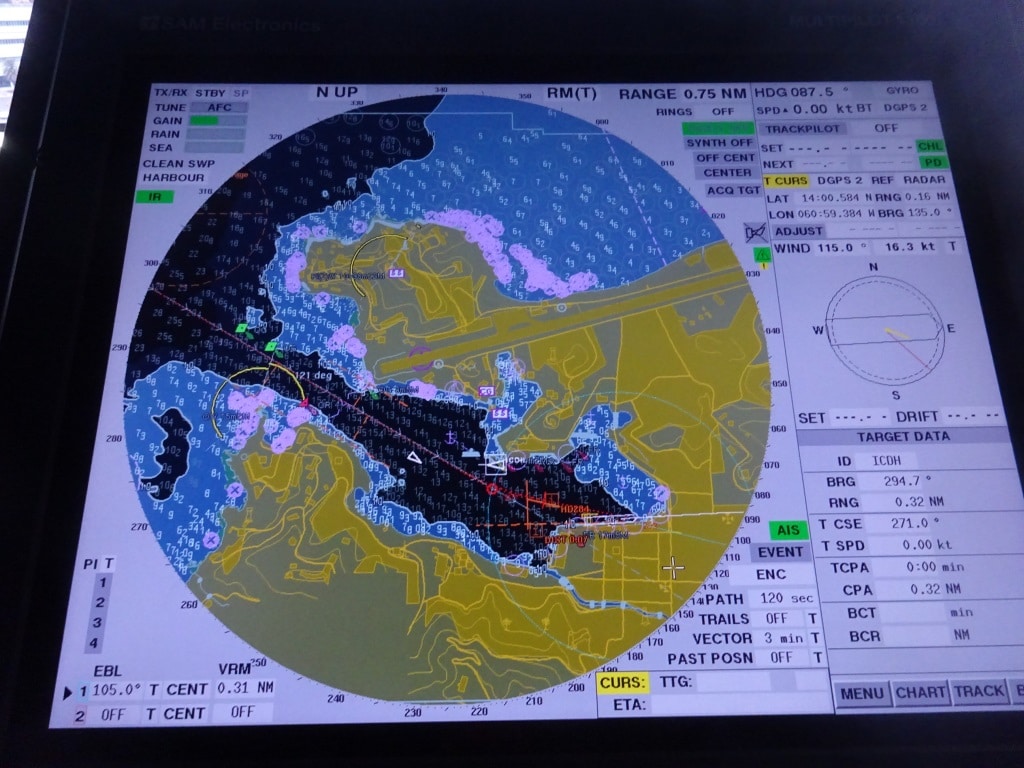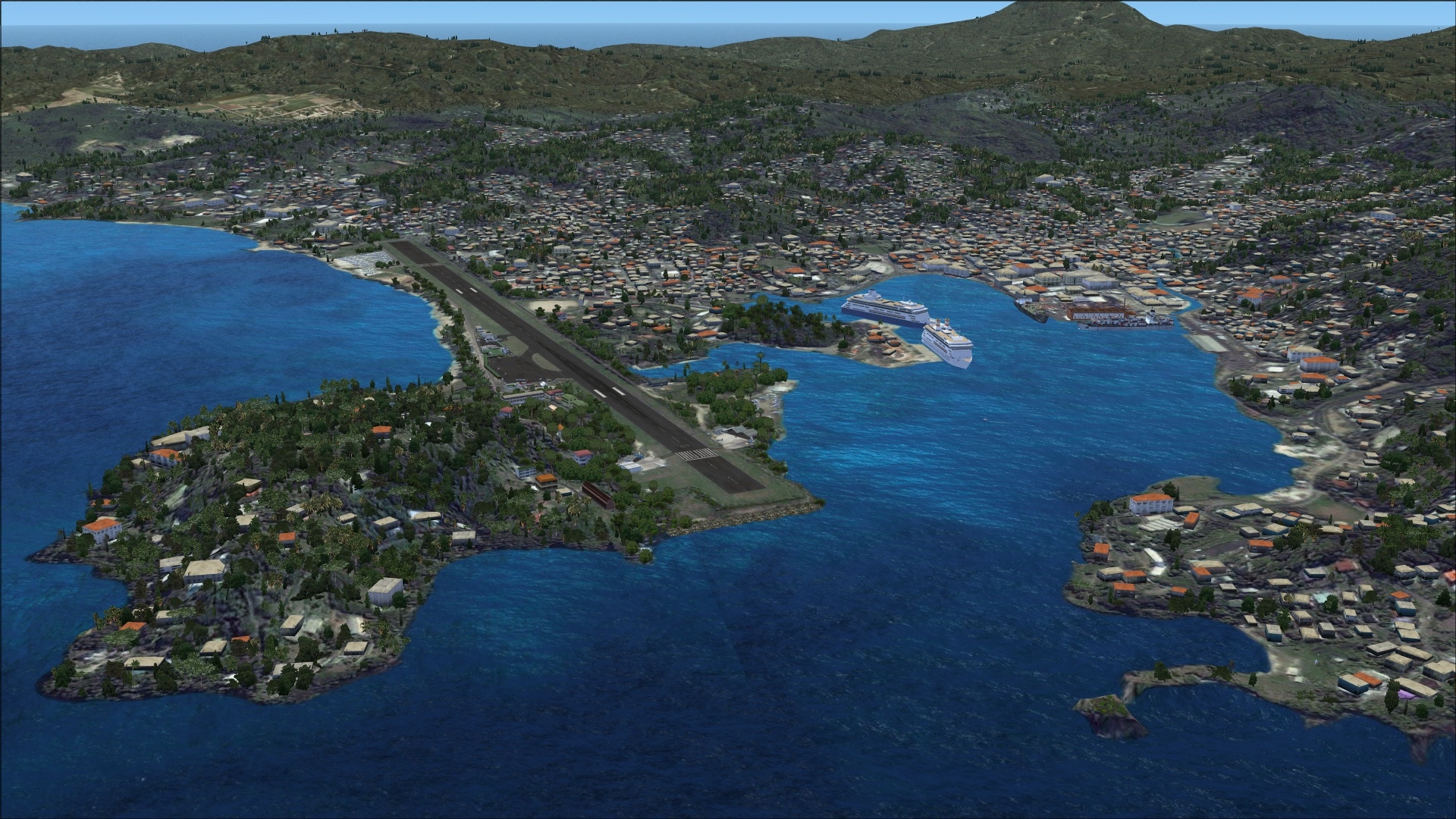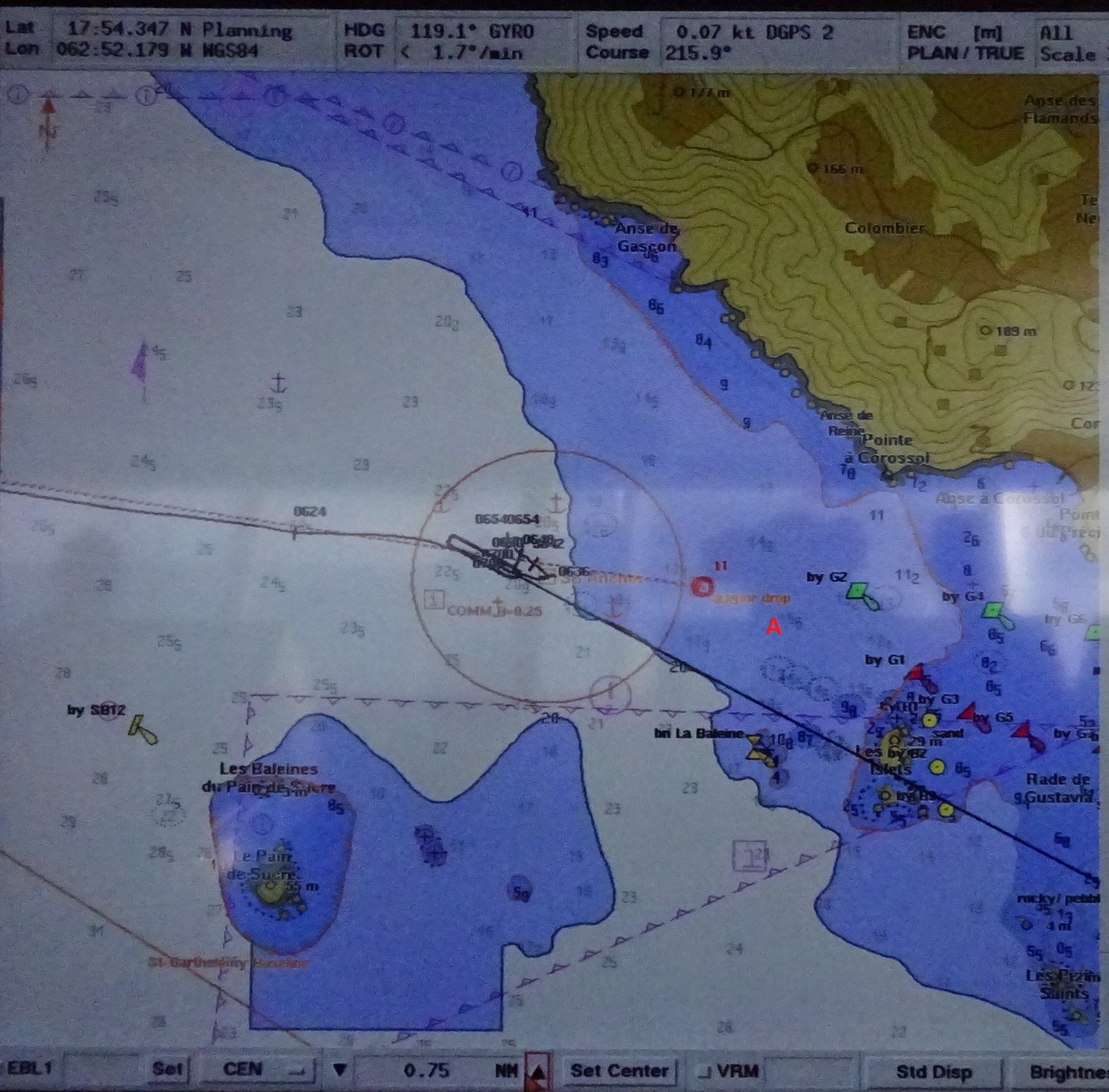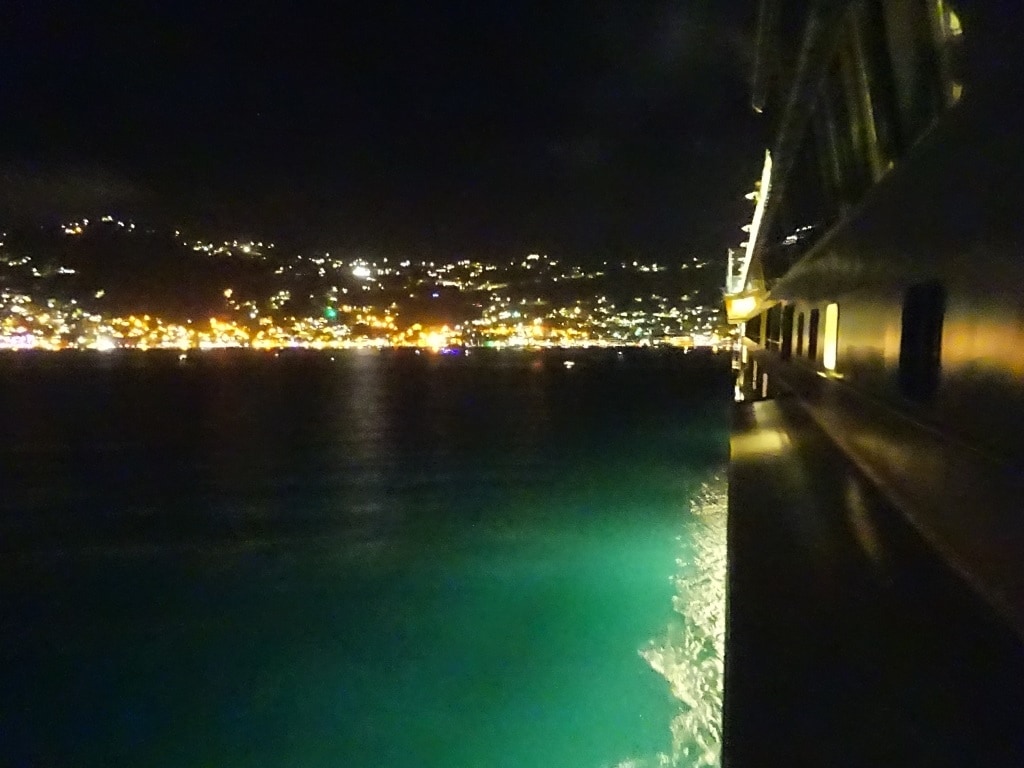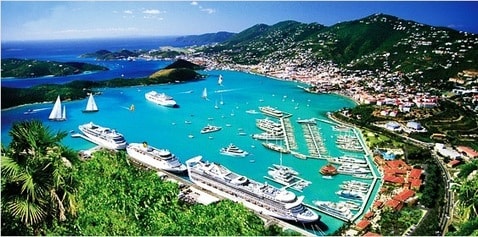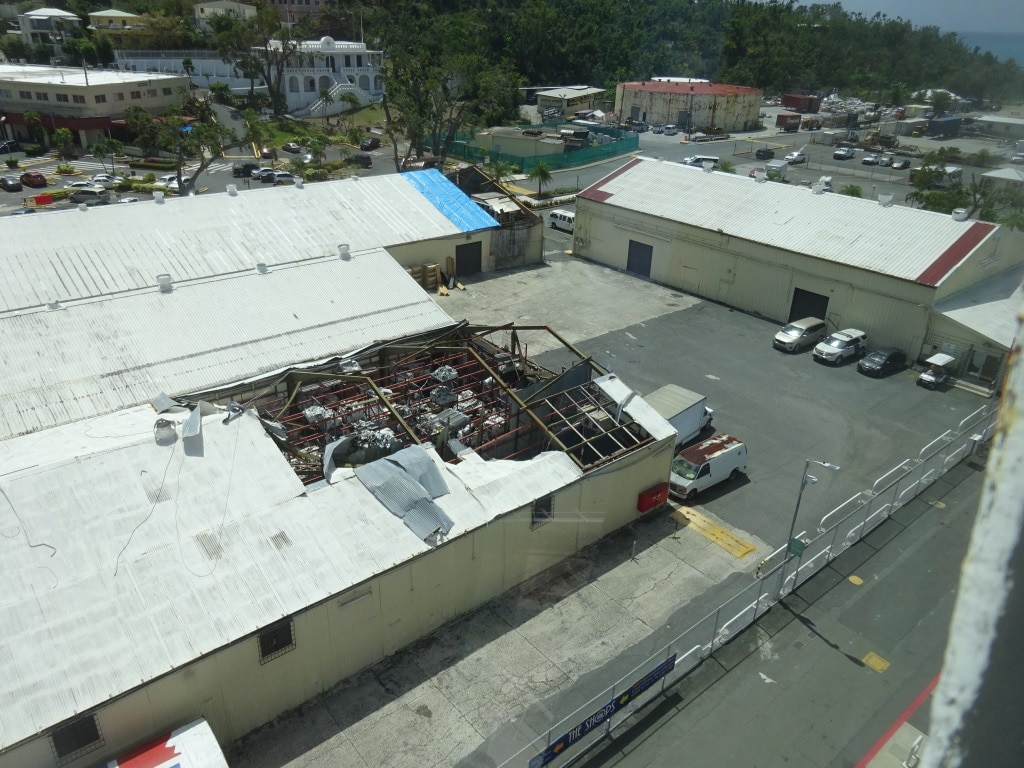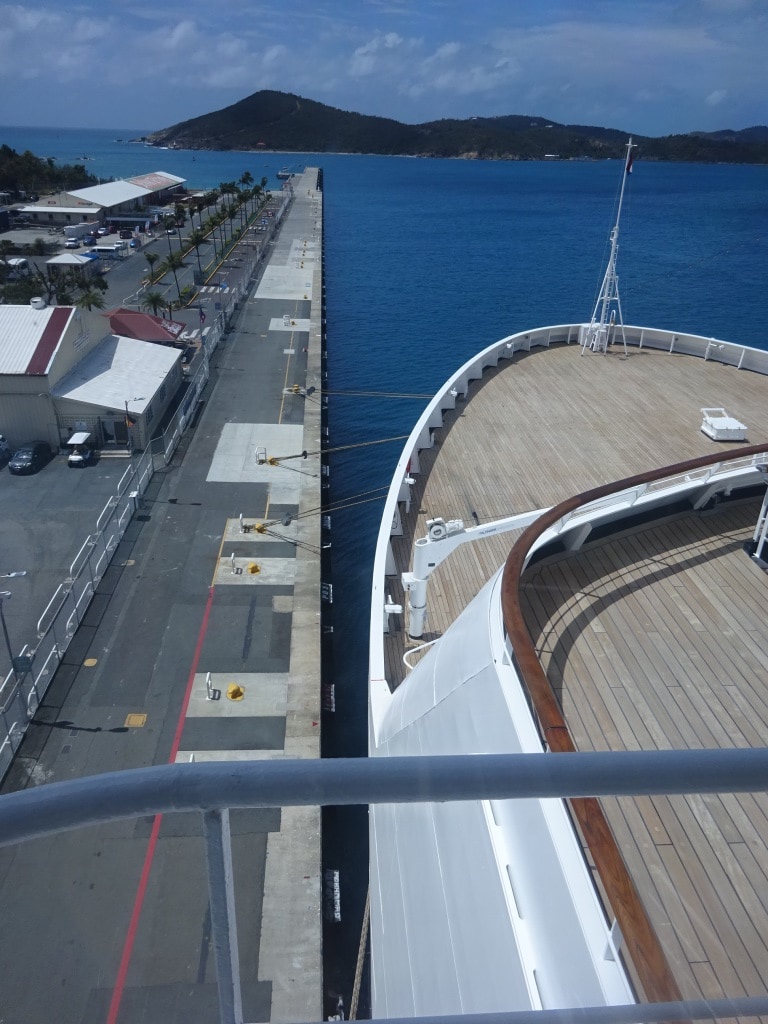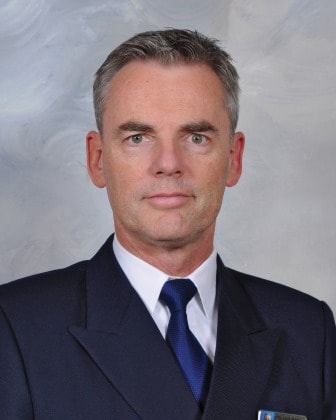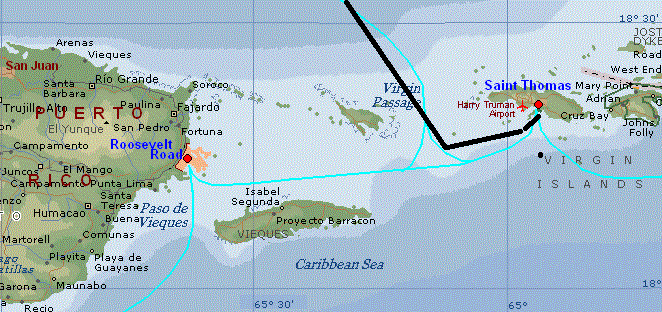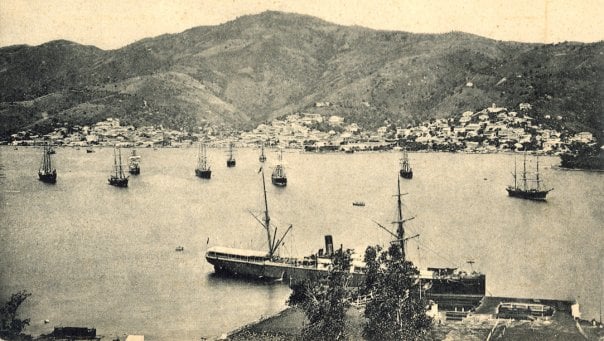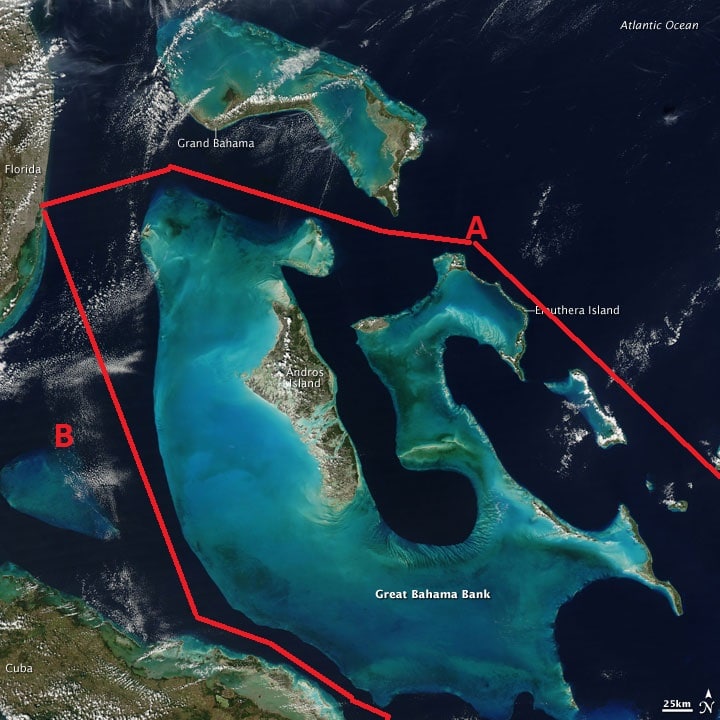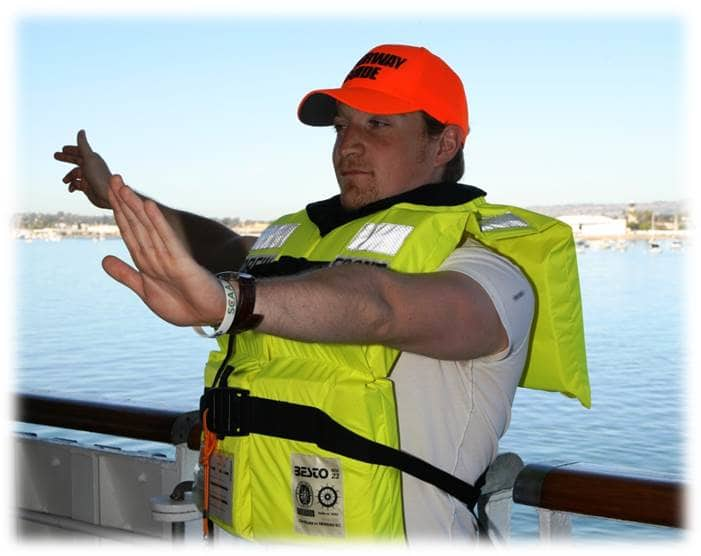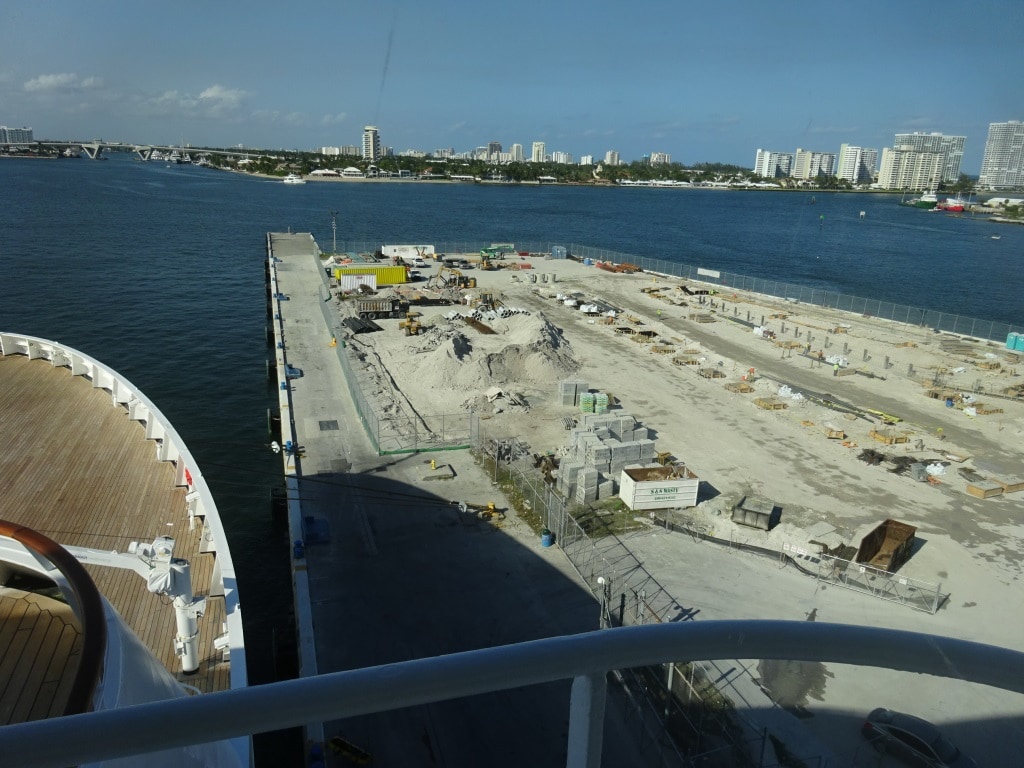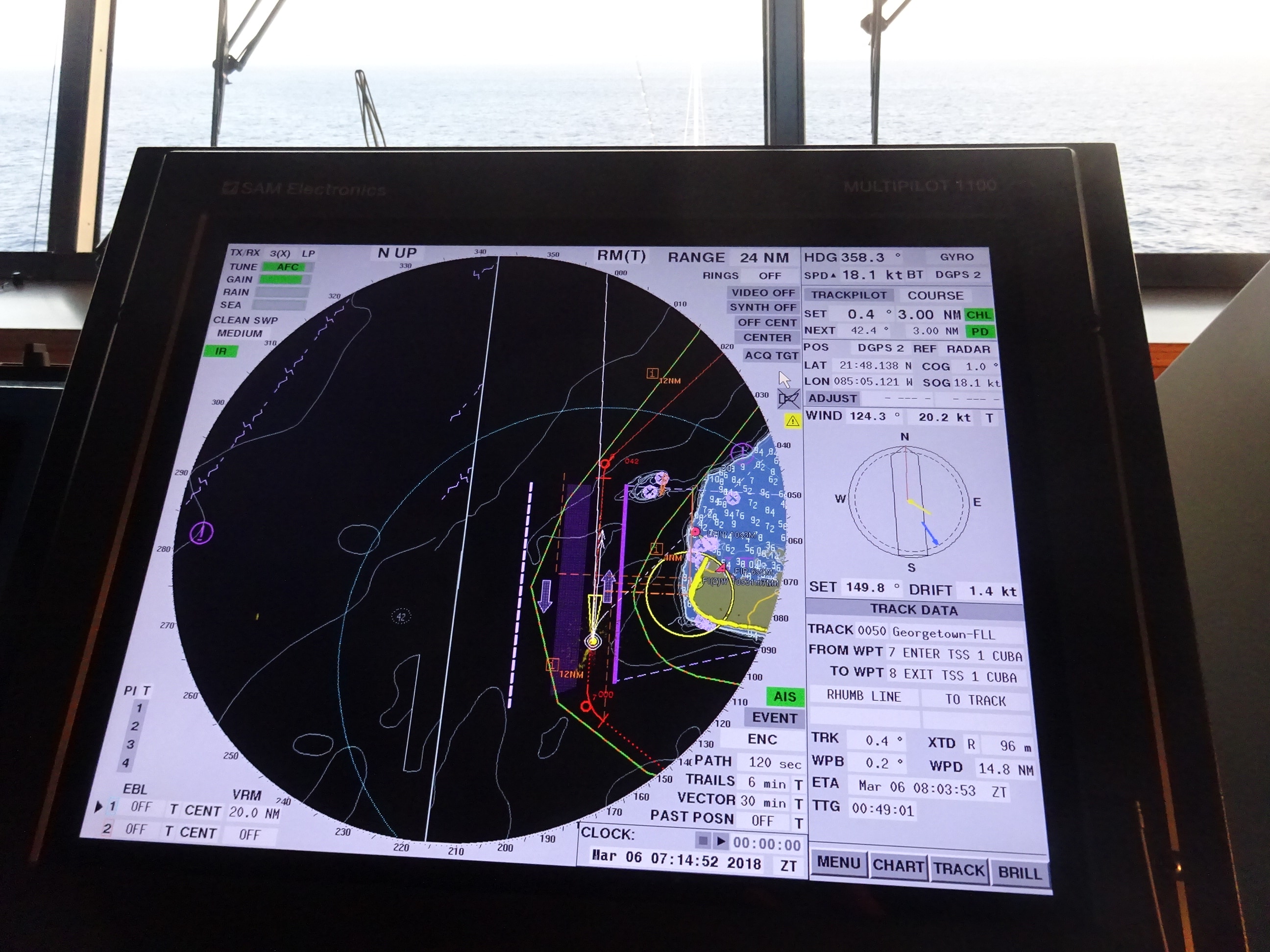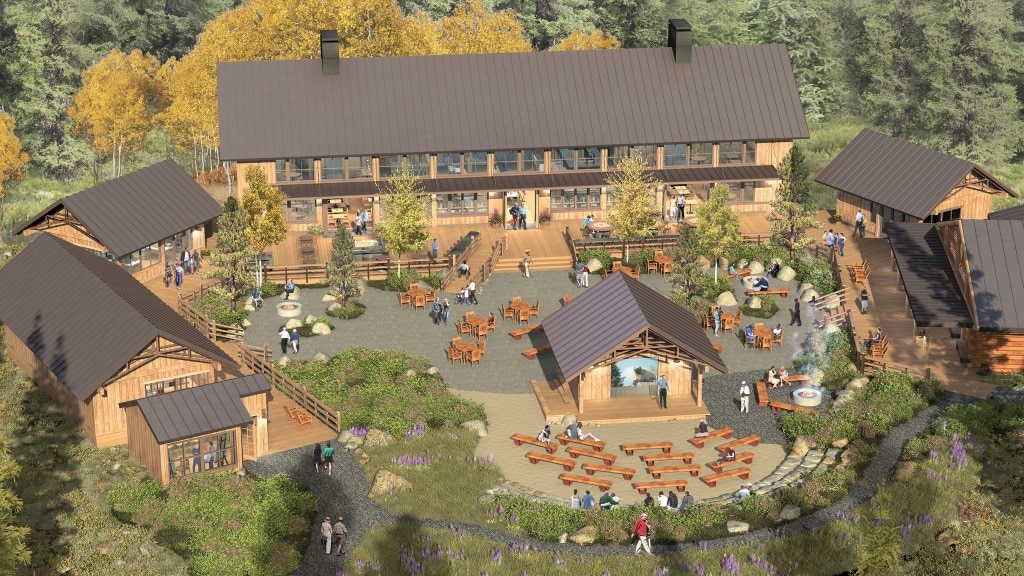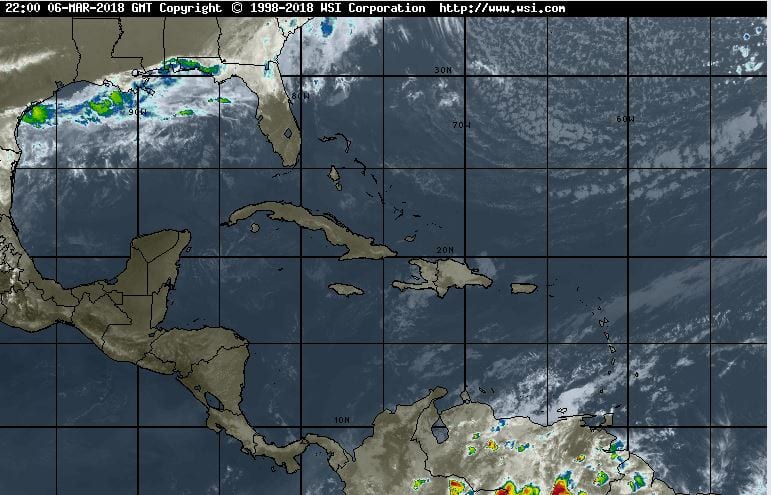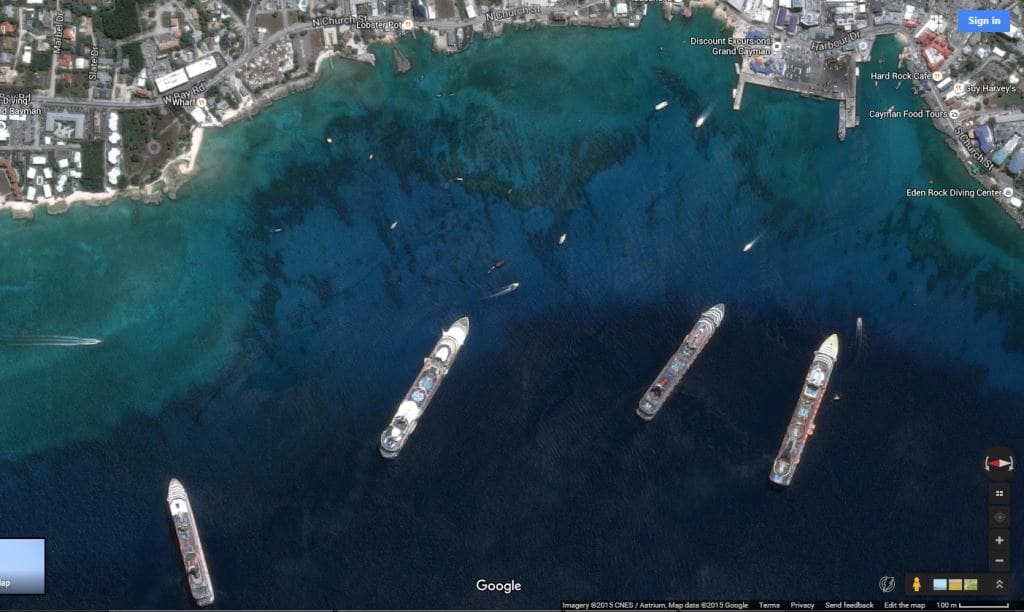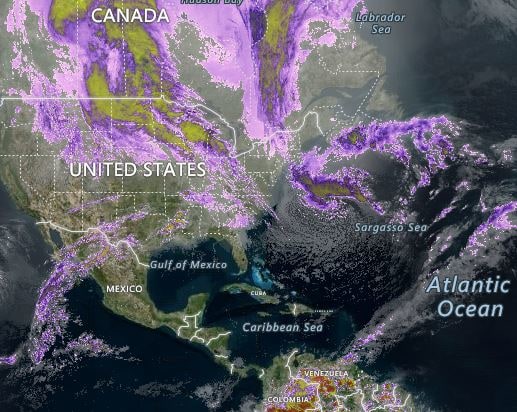Approaching the dock at Frederiksted is one of the simplest things there is in the world of cruise ports. It is basically putting the brakes on and not to overshoot. The pier is a long finger pier which can take mega liners and it sticks straight out into the open sea. Quite a long pier as the first part has to bridge the shallows before deep water is reached. We have a pilot here, simply because it is compulsory and he will bring some news about current, wind and also points out how far we can go. And that is all there is to it.
Still this over simplifies the whole thing and most cruise ship captains are a bit wary about St. Croix as the berth is not really sheltered. With a normal easterly wind, the island provides a lee but if the wind is a bit more to the South East or to the North East it might be different. Today we were the only ship in port so we could choose which side to dock to go alongside and thus used the wind as our friend. And that gave the chance to use the “blow to the dock maneuver”. We also have another one, the “blow away maneuver” if the wind is off the dock. That is even easier. With the blow to the dock version, we approach from a safe distance, find the balance between the wind and the thrusters and then let the wind push us gently to the dock, while moving forward towards position, and stop the momentum with the thrusters just before we touch the dock. The dock here has nice fenders so it can take a bump. But bumps do cause paint scratches and nobody wants the wraith of the Bo ‘sun. You never know if one day, suddenly paint is spilled from above at a location where you just happen to stand.
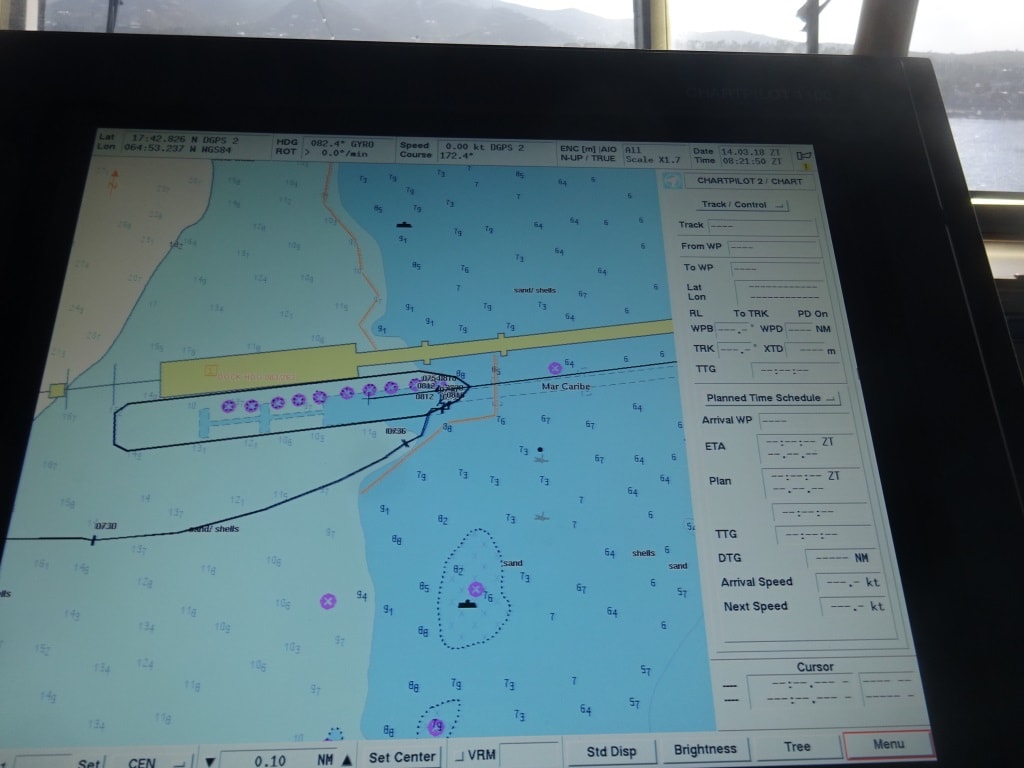
The blow to the dock maneuver, staying nicely away from the red lines and letj the wind do the work.
Cruise ships have been absent from St. Croix for a number of years, when things were not so safe here. For a while it was advised not to move beyond the first few blocks in the town and not to go ashore in the evenings if the ship made a late call. So the cruise ships dropped the port which was not good for the local economy and nearly everybody stayed away for a number of years. Now things are better and the ships are slowly returning as it is quite a nice island.
They suffered greatly here during the last hurricane and services are only now returning to normal. Blue Tarpaulin can still be seen on roofs and damage to private properties and shops has still not been repaired. One Guest reported today that a local grocery store had only one refrigerator in operation and could thus did not sell soda as the 2nd fridge was full with beer. You have to set priorities I suppose. I did not have time to go ashore but I saw that the Danish Fort near the pier was in a very dilapidated state and I do not think that there will be any repairs affected in the near future. The locals still have other things on their mind. I say Danish Fort as St Croix also was Danish in the past, same as St Thomas and it was part of the sale between Denmark and the USA.
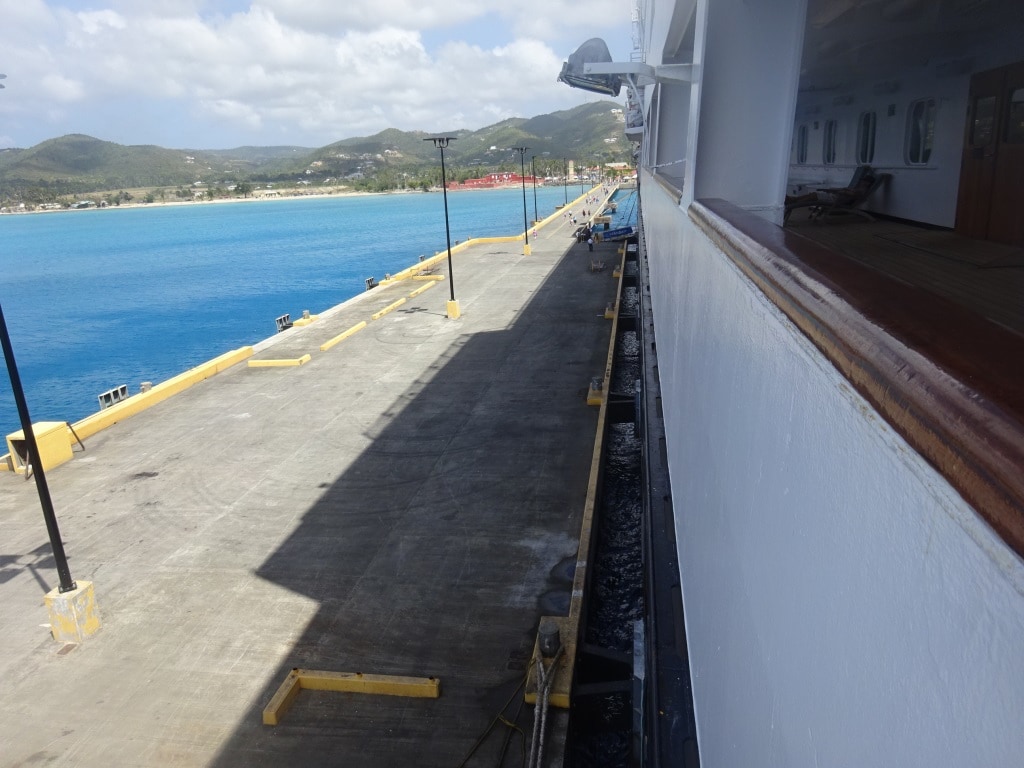
The long pier leading into town. The red structure is the Danish fort built to keep the pirates out. It controlled the best anchor area of St.Croix. Hence they built the cruise dock over here was well.
We had an early departure here, A as the island only has a limited number of attractions and B because we have to make it to Half Moon Cay on time. This is the last call of our cruise before we return to Fort Lauderdale. HMC for short has been selected time and time again as the best destination of Holland America in the Caribbean and it has also won several travel awards saying that it is the best private cruise company in the Caribbean Sea. So we have to be there on time. Luckily wind and current will give us a push in the back and that will help use to gain time and achieve some plus. Tomorrow will be a day at sea, to either relax, or partake in all the on board activities.
I was busy to day with a whole series of refresher courses for the crew and introducing some new things for the officers who do the trainings on board. Things keep changing and new ideas bubble to the surface. Since we are getting our trainings coordinated by Carnival Corporation between all the brands, a lot of ideas are bubbling up and then have to be passed on and absorbed. Although the various companies’ retain their own identity, their own brand as marketing says; there is only one way to lower a lifeboat and is timely and safely and thus the best practices are collected from each Brand and rolled out over all the ships.
Tomorrow we sail all day in the North Atlantic and we will have some wind and swell but it will be from behind. How the weather develops remains to be seen as there is a lot of bad weather up north and if it does what it is supposed to do according to the weather guru’s it will not affect us but if it dips down just a little bit then a cold front over Cuba might intensify and then everything will change.
